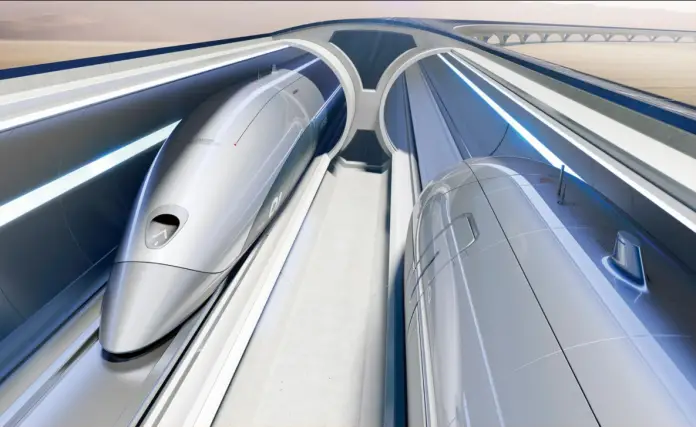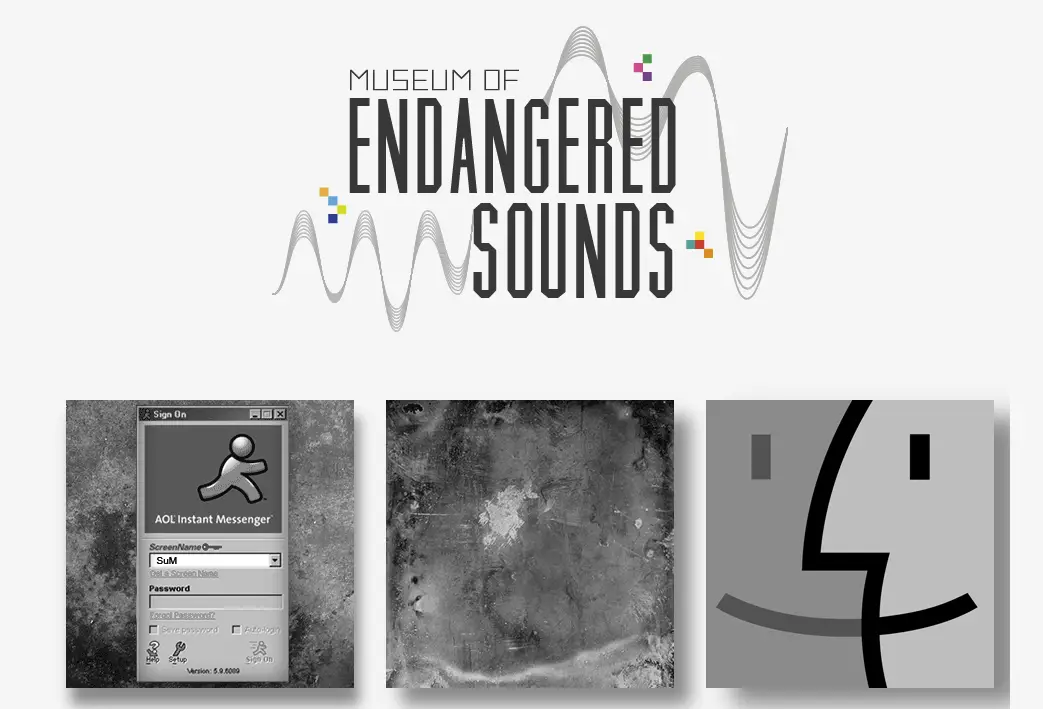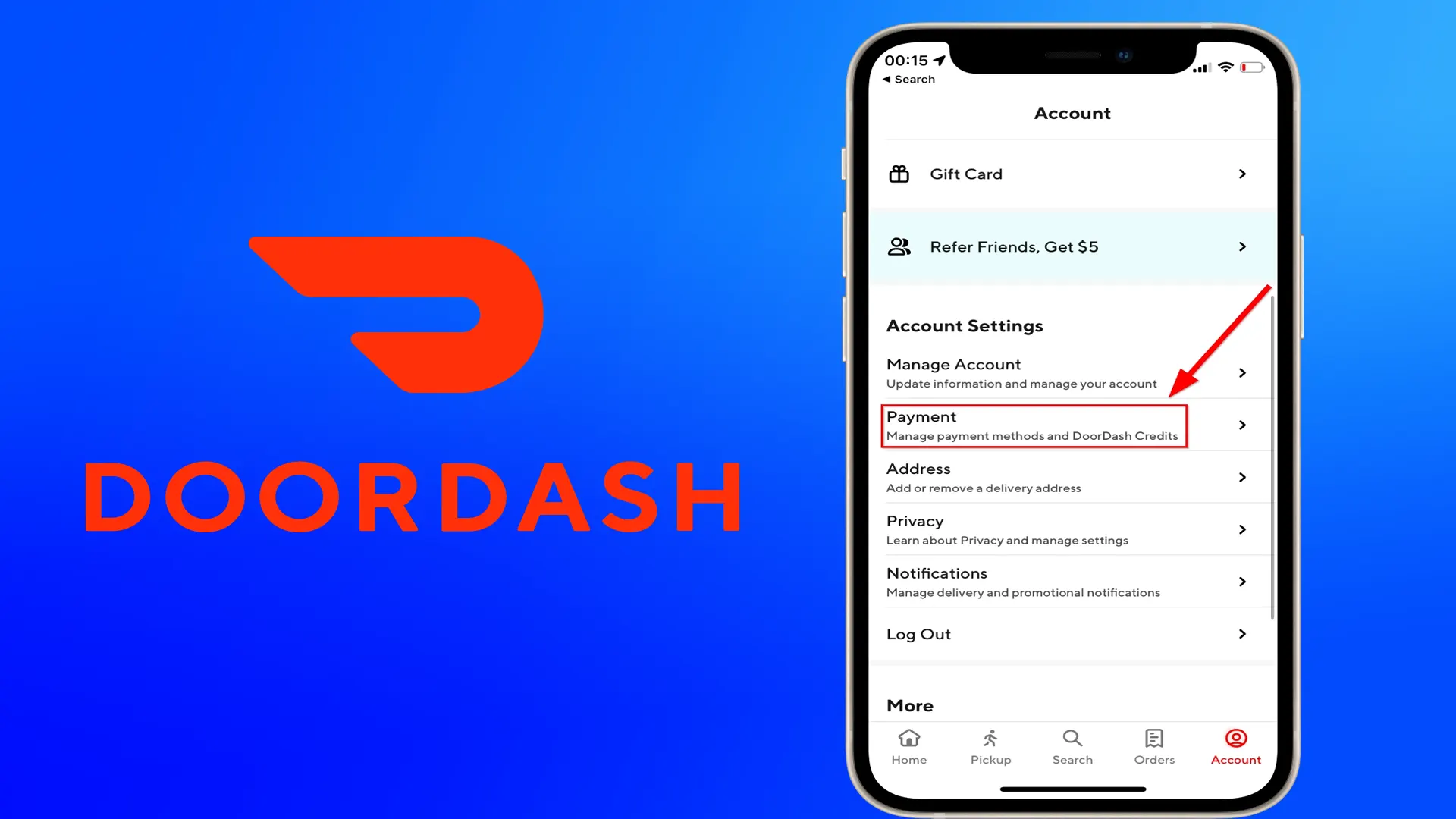Elon Musk, who gave the world SpaceX and Tesla, is sure that the transportation system should reach a new level by becoming faster, more environmentally friendly and cheaper. We tell you what Hyperloop is and why Musk’s project is often criticized.
The history of Hyperloop
The story of Hyperloop began in 2013, when the head of Tesla, Elon Musk, proposed a futuristic transportation system, which, according to the entrepreneur, will replace the outdated idea of high-speed trains.
The Hyperloop project by Elon Musk is a super-high-speed transportation system that consists of “hovering” capsules on magnetic propulsion. Connected to each other, the capsules travel at high speed in a vacuum tube, allowing them to cover a distance of 1,200 km in just one hour.
However, a few centuries before Musk, engineers and inventors had already tried to do something similar. Scientists-physicists came close to the concept that lies at the heart of Hyperloop at the end of the 17th century, creating the first artificial vacuum, which later became the basis for the idea of underground systems of high-speed transport, like the subway – Beach Pneumatic Transit (named after the inventor Alfred Beach). Its essence was to put passengers in wagons that would move through the tunnel-pipe by means of a stream of air created by giant fans. Another scientist, Robert Goddard, thought of vacuum trains in the early 20th century.
The British engineer Isambard Brunel also talked about new ways of transportation. It was he who was closest to the future super high-speed transportation system of Elon Musk. In 1845 Brunel proposed to build a pipe in the southwest of England, which would help accelerate trains to the then fantastic speed of 110 km/h. However, it was impossible to realize the project at that time due to the lack of necessary materials.
In Musk’s alpha concept of Hyperloop, the movement of capsules through the pipe is due to linear magnetic acceleration. Simply put, the system proposed by the entrepreneur can be compared to trains driven by the force of an electromagnetic field – maglev (short for “magnetic levitation”). The first commercial maglev appeared in 1984 in the British city of Birmingham. It connected the international airport of Birmingham with one of the city’s stations.
The searches of engineers and scientists of the past served as the basis for the development of a futuristic model of a new means of transportation that could cover long distances in a few minutes, ahead of all known modes of transport. This is how the Hyperloop concept came about.
According to Elon Musk, the ideal modern transportation model not only ensures high travel speed and safety but is also an environmentally friendly and inexpensive alternative to existing modes of transportation (cars, planes, ships) and does not interfere with other transport on the same route.
Hyperloop and volunteers: who implements the technology
After the publication of his idea, Elon Musk decided not to patent the project, but to allow anyone to participate in the development of Hyperloop. This is how Virgin Hyperloop and Hyperloop Transportation Technologies emerged.
Virgin Hyperloop is an American technology company that aims to turn Musk’s idea into a successful commercial product. The company is attracting investors to build magnetic transportation tracks and has already successfully tested a prototype train of the future.
Before 2017 and its rebranding (with Richard Branson’s investment conglomerate Virgin Group), the company was called Hyperloop One. The board of directors of Virgin Hyperloop includes people who worked with Musk on the SpaceX, Tesla, and PayPal projects.
Hyperloop Transportation Technologies is a company of more than 800 developers from five continents. For all the enthusiasts who have agreed to make Elon Musk’s idea a reality, working with Hyperloop Transportation Technologies is an unpaid freelance job with the prospect of getting a share of the company’s profits in the future.
Many of those who develop Musk’s concept work in parallel for major corporations like Boeing, Yahoo!, and even NASA. The process of developing the technology takes place in small groups, where participants are assigned according to their interests and skills. Communication during work happens mostly by e-mail, but once a week the teams meet for online discussions.
How does Hyperloop work
The Hyperloop is a chain of capsules resembling airtight containers. The capsules move through the tube in an almost complete vacuum – a pressure equal to one thousandth of normal atmospheric pressure. This tube provides a reduced level of air resistance, which allows the Hyperloop to reach high speeds.
The Hyperloop movement process can be divided into three stages:
- Acceleration. Traction force in linear motors, located in the tube at a certain distance from each other, causes translational motion, which creates a magnetic field and transmits an impulse to the generator inside the capsule.
- Levitation. The magnetic field lifts the capsule and the traction force accelerates it up to 1200 km/h.
- Deceleration. The thrust force reverses direction and decreases the speed of the capsule. The kinetic energy is converted into electrical energy (based on the principle of regenerative braking) and charges the battery.
To reduce the cost and the amount of energy consumed, the developers tried to get away from magnetic levitation and came up with another way to move the cabins – by means of an air cushion. To simplify the understanding of how the system works, the scientists compared the movement of the capsules with the movement of a puck on an air hockey table. The only difference was that the capsules would not float on the air surface, but move across it by electromagnetic pulses on solar energy. But this idea had to be abandoned because of the potential risks of losing control, and the developers went back to using magnetic levitation.
What are the concerns about Hyperloop
Some researchers, in particular former Cornell University chemist Phil Mason, who makes educational videos about science, spoke about the shortcomings of Elon Musk’s concept. In one YouTube video, Mason figuratively explained how the Hyperloop system could, in the event of a minor malfunction, turn into a “gun barrel trip at bullet speed” and lead to the death of all passengers. In order to clearly demonstrate this threat, the scientist created a model transport made of a glass tube with air pumped out of it and a metal balloon. Mason’s experiment showed that even small destruction of an individual capsule could lead to depressurization, which would catastrophically change the pressure in the entire train, making it an uncontrollable bullet: the Hyperloop would reach such a speed that in case of an accident the passengers would have no chance to survive.
From a technical point of view, some researchers challenge the potential speed of the Hyperloop. Experts believe that a speed of 1,220 km/hour may cause unpleasant and frightening feelings for passengers. Nevertheless, the first passenger test of the Hyperloop prototype showed that the system is safe.
Many times there were disputes about the cost of the technology. According to calculations by Elon Musk, the construction of the Hyperloop system from Los Angeles to San Francisco (two tunnels and 40 capsules) will cost less than $6 billion. Nevertheless, in 2016 Forbes published information that, based on leaked data, the cost of Hyperloop One to San Francisco could reach $13 billion – twice as much as Musk had estimated. However, many believe that even this price is underestimated and the estimated cost of construction is much higher – about $100 billion.
In fact, it is impossible to say exactly how much it will cost to build a Hyperloop system: the price will be different for different routes due to the peculiarities of the terrain.
How would passengers feel inside the Hyperloop
Before inviting the first passengers to travel on the train of the future, Hyperloop One conducted about 400 tests in the Nevada desert near Las Vegas. People aboard the futuristic transport didn’t make the trip until November 2020, seven years after Elon Musk told the world about his idea.
The first passengers on the Hyperloop prototype, the Pegasus capsule, were Virgin Hyperloop co-founder Josh Giegel and Director of Passenger Quality Services Sarah Lucian. The capsule with passengers covered a distance of 500 meters in 15 seconds at a speed of 160 km/h.
The test with passengers caused a lot of criticism on the Internet. People began to talk about the innovativeness of Hyperloop and magnetic levitation (maglev), which allows transport to move in the tunnel. One user even called Musk’s system “the most terrible high-speed railroad in the world,” comparing the development of Hyperloop with the launch of a steam locomotive Mallard in England, back in 1938, which reached a speed of 203 km/h.
Some remembered the world record of the Japanese Maglev, which in 2016 reached a speed of 603 km/h. And the first trains operating on this system could carry hundreds of passengers at 482 km/h as early as the 1970s. That is, as critics of Musk’s concept say, Hyperloop isn’t an innovation at all.
However, according to the developers, Hyperloop shouldn’t be compared to a train, an airplane or a boat, because it’s basically a new way of transportation, different from other means that people are used to. Of course, it’s impossible to build something new without building on the inventions of the past. It is only important to take into account all the shortcomings of the existing system and try to overcome them.






